Technological Advancements
Technological advancements are playing a pivotal role in shaping the Hazardous Waste Management Market. Innovations such as automated waste sorting systems, advanced recycling technologies, and real-time monitoring systems are enhancing the efficiency and effectiveness of hazardous waste management processes. For example, the integration of Internet of Things (IoT) technology allows for better tracking and management of hazardous materials, reducing the risk of accidents and improving compliance with regulations. The market is projected to witness substantial growth as these technologies become more widely adopted, leading to improved operational efficiencies and reduced costs for waste management companies.
Growth of Industrialization
The rapid pace of industrialization is a significant driver of the Hazardous Waste Management Market. As industries expand, the generation of hazardous waste increases, necessitating effective waste management solutions. Sectors such as manufacturing, pharmaceuticals, and chemicals are particularly notable contributors to hazardous waste generation. According to industry reports, the manufacturing sector alone is responsible for a substantial portion of hazardous waste produced annually. This trend underscores the urgent need for comprehensive waste management strategies to mitigate environmental impacts, thereby propelling the demand for hazardous waste management services and technologies.
Increasing Regulatory Pressure
The Hazardous Waste Management Market is experiencing heightened regulatory pressure as governments worldwide implement stricter environmental regulations. This trend is driven by the need to protect public health and the environment from the adverse effects of hazardous waste. For instance, regulations such as the Resource Conservation and Recovery Act (RCRA) in the United States mandate proper management of hazardous waste, compelling industries to adopt compliant waste disposal practices. As a result, companies are investing in advanced waste management technologies and services to ensure compliance, which is likely to drive market growth. The increasing number of regulatory frameworks is expected to create a robust demand for hazardous waste management solutions, thereby enhancing the overall market landscape.
Rising Environmental Awareness
There is a growing awareness among the public and businesses regarding environmental sustainability, which significantly influences the Hazardous Waste Management Market. This awareness is prompting organizations to adopt more responsible waste management practices. According to recent studies, approximately 70% of consumers prefer companies that demonstrate a commitment to environmental stewardship. Consequently, businesses are increasingly prioritizing hazardous waste management to align with consumer expectations and enhance their corporate social responsibility profiles. This shift not only fosters a positive brand image but also drives demand for innovative waste management solutions, thereby contributing to the expansion of the market.
Emergence of Circular Economy Initiatives
The emergence of circular economy initiatives is reshaping the Hazardous Waste Management Market. These initiatives focus on minimizing waste and promoting the reuse and recycling of materials, which directly impacts hazardous waste generation. By adopting circular economy principles, businesses are encouraged to rethink their waste management strategies, leading to reduced reliance on landfilling and incineration. This shift not only aligns with sustainability goals but also drives innovation in waste management practices. As more organizations commit to circular economy frameworks, the demand for effective hazardous waste management solutions is expected to rise, fostering growth in the market.


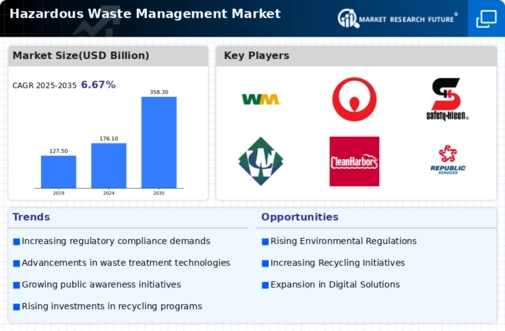
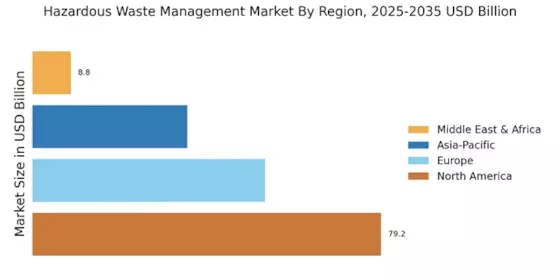
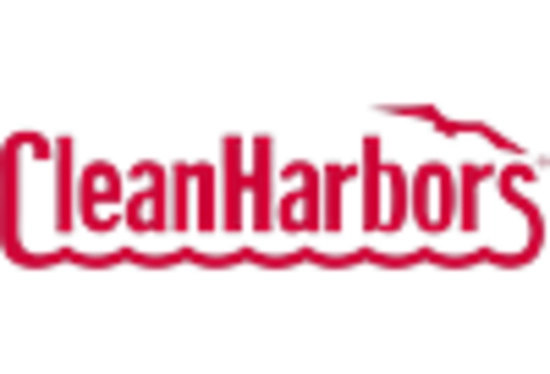
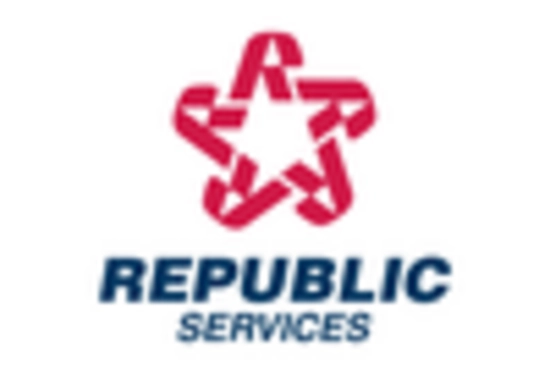
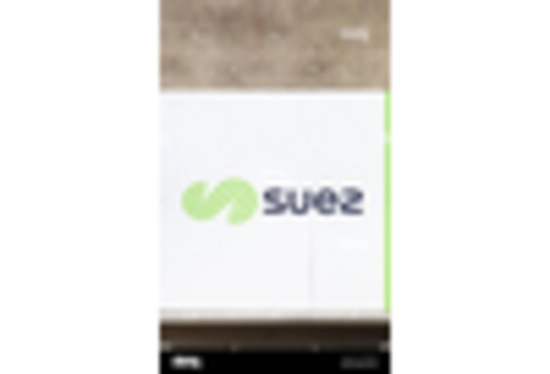
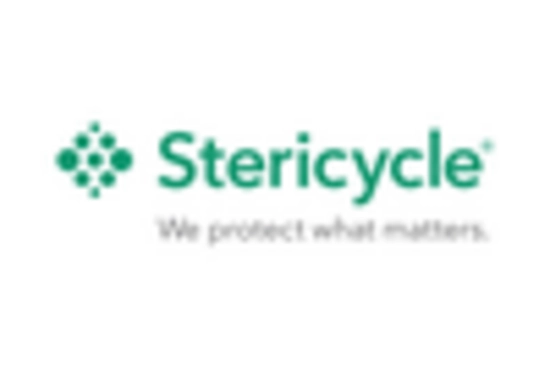
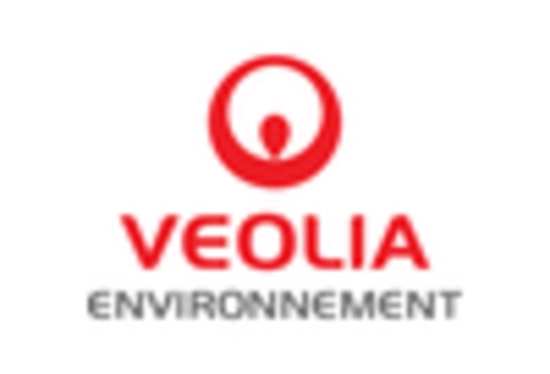
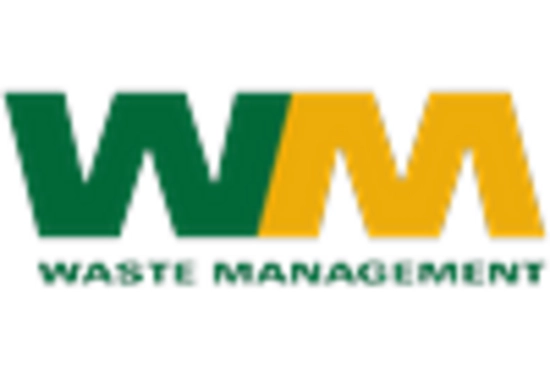








Leave a Comment